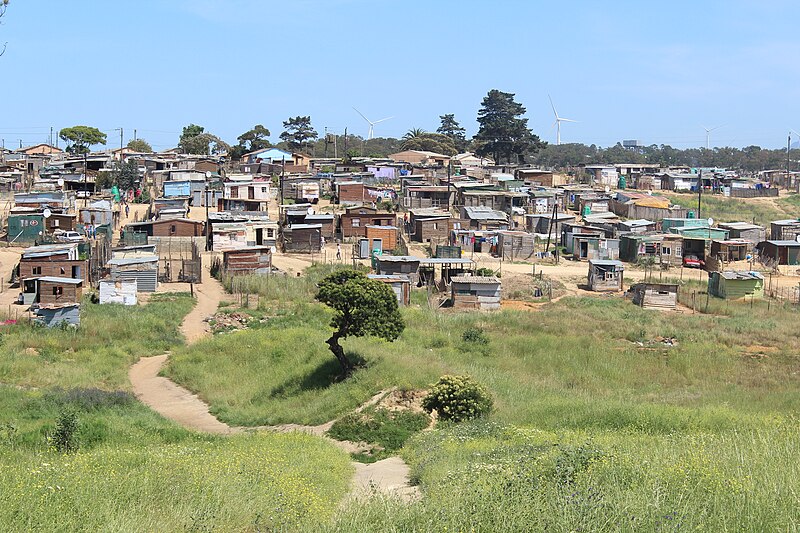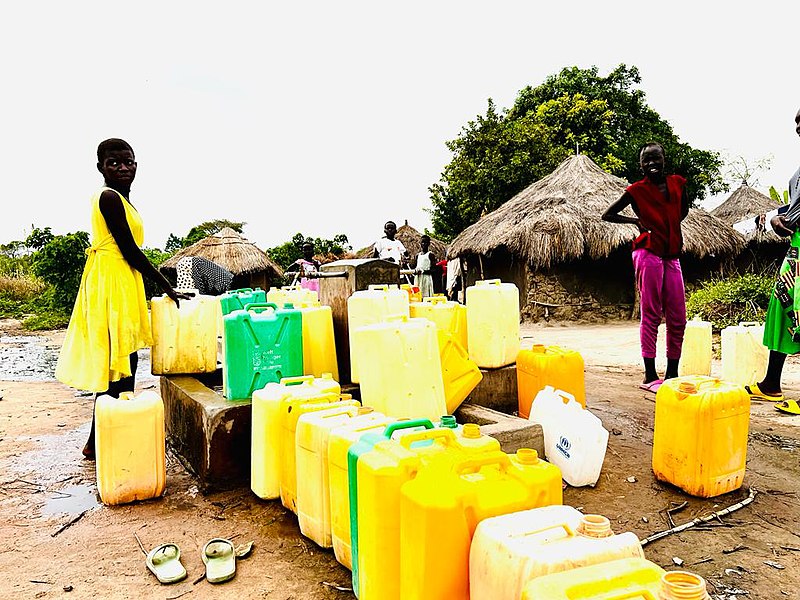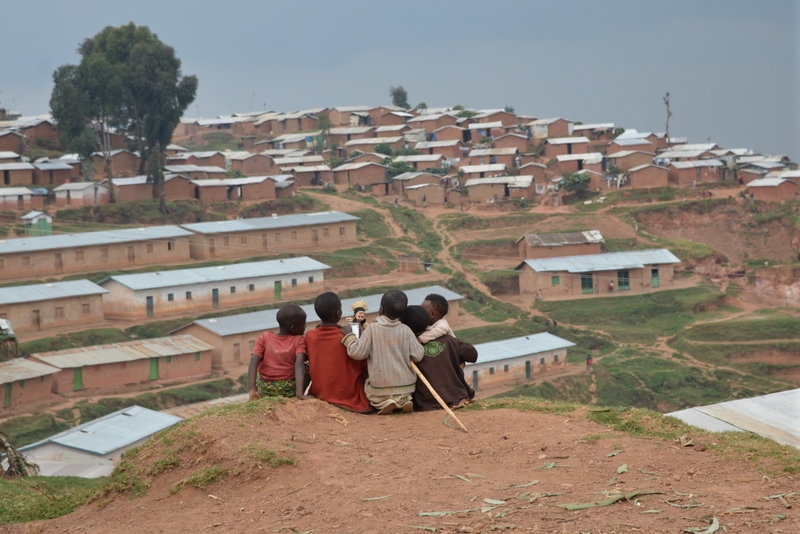The ACSRM aims to provide a better understanding of the causes and drivers of various forms of internal migration, its impacts, and the policy recommendations and measures to maximize the opportunities and address the challenges of this form of migration.
There is a significant internal migration in Africa, especially rural-to-urban migration. Poverty, difficult living and working conditions, unemployment, etc., are causes of internal migration among many others. Rural-urban migration is one of the most prominent characteristics of internal migration. Poverty, lack of basic services, unemployment, and other socioeconomic hardships have pushed many people to move to cities of better living and working conditions. Internal migration constitutes a household-income diversification strategy; a coping strategy to cope with natural disasters, including the adverse impacts of climate change and environmental degradation; a strategy to escape from economic crisis, unemployment, and social and political turmoil; a resilience strategy in the context of limited or lack of access to lands and labor market opportunities.
Internal migration can impact the population distribution and the process of urbanization. Urbanization can impact the livelihoods of migrants and other urban populations. Migrants in the cities often are vulnerable to poverty and socioeconomic exclusion. And most face the challenges of inadequate housing, water scarcity, food insecurity, and limited access to healthcare. Increasing rural-to-urban migration often results in a high concentration of migrants in slums. The high cost of living negatively impacts the living conditions, health, and well-being of economically impoverished individuals and families.
Addressing internal migration challenges requires promoting rural development and responding to the related problems of urbanization, among other measures. It also implies strengthening local migration governance and policies.





